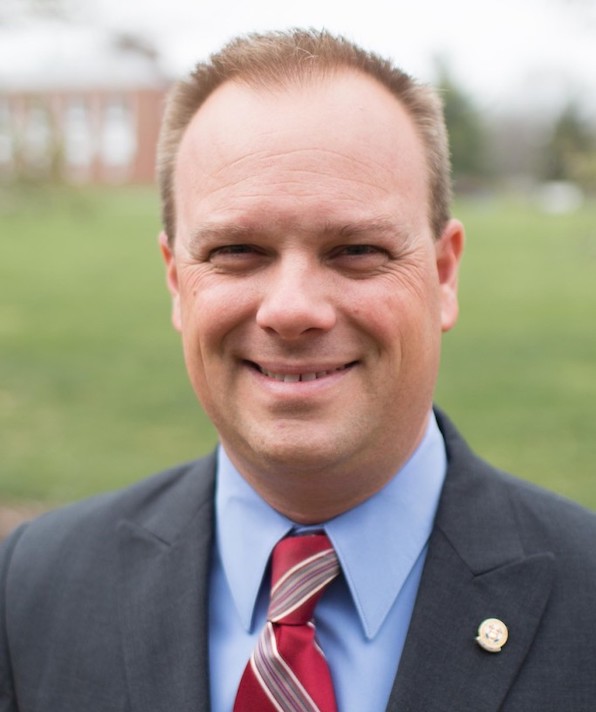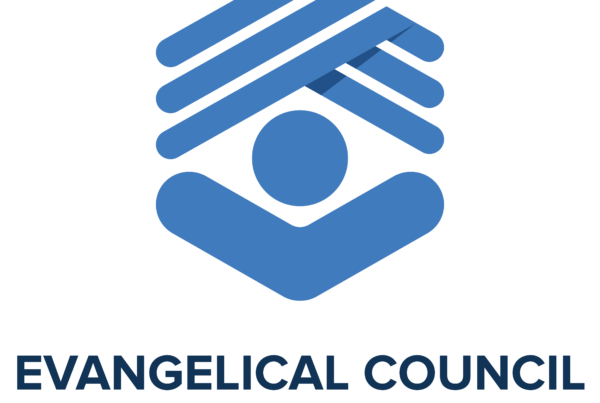We are providing this article to help ministry leaders assess their organizational child protection measures.
Abuse Prevention Policy Essentials:
Protecting the Least of These
By Sally Wagenmaker and Jeff Dalrymple
*This article was published in the ACSI Legislative Update Newsletter Volume 31, Issue 1, Fall 2020. Republished with permission.
Abuse of children is always abhorrent and is to be closely guarded against on any level. For nonprofit organizations like churches, schools, and social service providers that care for children, strong protective safeguards are imperative. To optimize personal safety and organizational risk management, these measures warrant careful development, board approval, a written policy document provided to all workers, and thorough implementation. An effective abuse protection policy can both significantly reduce the risk to children and organizations and provide a safe framework in which the nonprofit can care for at-risk persons.
Another helpful tool is the newly formed Evangelical Council for Abuse Prevention (ECAP). ECAP has assembled a team of professionals working to establish child protection standards for ministries with a corresponding accreditation program. A risk and program assessment may be one of the best places to start in determining how a school or organization measures up in protecting children. Visit www.abuseprevention.org to access this free resource, and mark your calendars for ECAP’s 2021 Abuse Prevention National Conference (online or in Nashville) on June 17, 2021. ECAP will soon be available to help ministries evaluate and improve their abuse prevention policies as addressed below, including worker screening, program oversight, reporting protocols, and care for those affected by abuse.
Key Ingredients in Abuse Prevention and Protection Policies
1. Policy Framework
An effective written abuse prevention policy should contain the following key overarching elements.
- Purpose. As an initial matter, the policy should articulate the organization’s concern and proper care for children served.
- Scope. The policy should cover minors from babies through youth, and for a variety of circumstances such as onsite programming, field trips, and other offsite activities. (The same or a different policy may cover the elderly and adults who lack the physical or mental capacity to protect themselves).
- Goals. In addition, the policy should set forth clear goals, such as to protect others and prevent harm, to provide guidelines for staff and volunteers (so that they too can be protected against potential allegations of harm), and to create a compassionate environment including “zero tolerance” for abuse.
- Context. The policy can – and should – be closely tailored to the organization’s culture, programs, and even facility space, but with these and the following common aspects.
These elements may be expressed differently depending on an organization’s particular context and goals. For example, a church that seeks to provide children-related activities for its congregants may wish to articulate its Scriptural foundation for screening childcare providers along the following lines: “As responsible persons entrusted with caring for others, what can we do together to multiply God’s blessings, to express His love, and to fulfill our duties as good shepherds or stewards of his people?” A school may express such aspirations similarly, with a stronger articulation of its educational focus.
2. Worker Screening and Oversight.
-
- Qualifications. The policy should provide for effective screening of both paid staff and volunteers. Staff likely will be more closely scrutinized than volunteers, and adult volunteers more so than teenage volunteers. Generally speaking, one of the most effective deterrents to abuse by volunteers is to require worker applicants to participate regularly in a nonprofit’s programs for six months before serving vulnerable persons. This simple measure may dramatically reduce the risk of abuse. Other important screening safeguards include requiring an application, performing background criminal checks, conducting interviews, and checking references. All screening materials should be securely stored to protect confidential information. Applicants should also sign consent forms authorizing the background screening.
- Worker information forms should complement the abuse prevention and protection policy, such as a worker application, background screening forms, participant waiver and consent forms (tailored as appropriate for specific events), incident reports, and driver safety forms.
- Supervision. Worker supervision and behavior fall within the core of an organization’s program functions, with the aim of achieving optimal safety through clear and helpful guidelines. Overall, worker-child ratios needed to be established, with small children naturally needing closer supervision than older children. Minimum supervisory ratios should not be satisfied by workers who are related by blood or marriage.
- Training and Protocols. All workers need training that is appropriate to the organization’s program activities, including abuse prevention and protection protocols. Inappropriate physical touch and behavior must be prohibited, and providing specific examples may be helpful (e.g., diaper policy, bathroom protocol, no kissing, no foul language, no bullying). Special program aspects may warrant further attention, such as safety requirements for playground areas, field trips and transportation. Taking unauthorized pictures or videos should also be prohibited.
In maintaining these protective measures, the organization’s leadership should embrace strong accountability measures, attentiveness to special areas of risk and safety, and a keen understanding as to their own organization’s particular needs and culture. Depending on the organization’s size and programs, it may be helpful to utilize an abuse prevention committee for accountability and quality control. Sharing information about the existence, importance, and key elements of an organization’s abuse prevention policy – such as through brochures or program handbooks – may also significantly help program participants to better appreciate the organization’s dedication to wholeheartedly and effectively caring for others.
3. Reporting Requirements and Procedures.
Worker reporting of suspected abuse constitutes an unfortunate but critically important aspect of caring for vulnerable persons. If and when abuse is suspected, it is important that a nonprofit’s workers understand both what they are required to do, and how they are required to do it.
- Legal Requirements. Many types of workers may qualify as “mandated reporters,” and states can vary widely on such requirements.[1] It may otherwise be important to report suspected abuse, both internally within an organization and to outside authorities, to protect the safety of vulnerable persons and for effective risk management. An organization should determine the nature of legal responsibilities for the organization and its workers. An experienced legal professional can help make these determinations.
- Reporting Protocols. The abuse prevention and protection policy thus must include reporting guidelines, with clear protocols in the event of suspected abuse. For example, the policy should include government agency telephone numbers or website hotline information. In addition, the policy should describe specific, exhaustive steps for completing an incident report with a suspected abuse victim, removing a suspected perpetrator, notifying responsible adults, working with supervisory personnel on follow-up measures such as insurance, confidentiality, and consultation with legal counsel, as needed.[2]
- Insurance Coverage. It may be helpful as well to check with the organization’s insurance company for any additional requirements or recommendations in connection with these risk management measures.
Situations involving suspected abuse can quickly escalate into a myriad of questions and concerns, demanding both urgent attention and utmost sensitivity. Through structural safeguards, nonprofit organizations can be well prepared to provide safer environments for the people entrusted to them, better protection for workers against potential liability, and achievement of risk management goals.
Protecting the least of these is vital to our work as Christians in evangelism, discipleship, and spiritual formation. Let us commit to prayer and action toward sparing our children from abuse and promoting an effective witness before a watching world.
[1] For guidance on Illinois’ updated mandated reporter law, see https://wagenmakerlaw.com/blog/illinois-mandated-reporter-changes-clergy-child-care-workers-and-other-mandated-reporters. See also https://wagenmakerlaw.com/blog/clergy-mandated-reporters-without-exception (clergy reporting).
[2] For further guidance, see https://wagenmakerlaw.com/blog/handling-suspected-child-abuse.

Sally Wagenmaker practices law with Chicago-based Wagenmaker & Oberly, LLC, providing a wide range of services to nonprofit organizations. She also currently serves as president of the Christian Legal Society and is General Counsel for Evangelical Council for Abuse Prevention, a new national ministry dedicated to helping churches, schools, and ministries prevent abuse.

Jeff Dalrymple is executive director of Evangelical Council for Abuse Prevention. Jeff formerly served as a vice president at Southern Seminary in Louisville, Ky, and serves on the boards of The Apollos Project and Hadassah’s Hope.
Thanks to the generosity of Wagenmaker & Oberly LLC for making this free resource possible.







